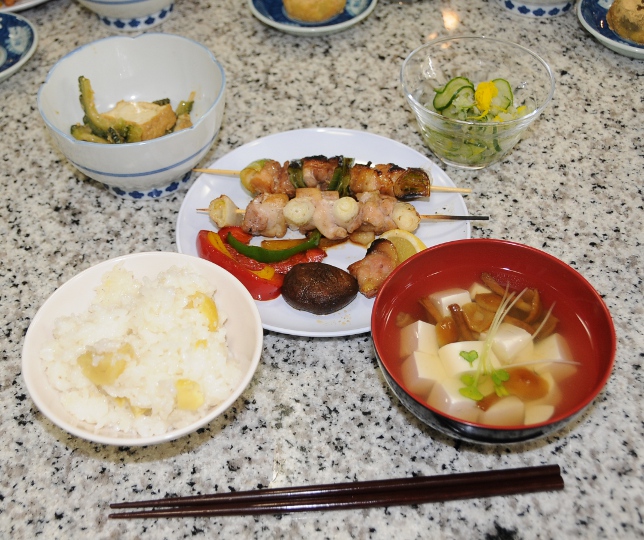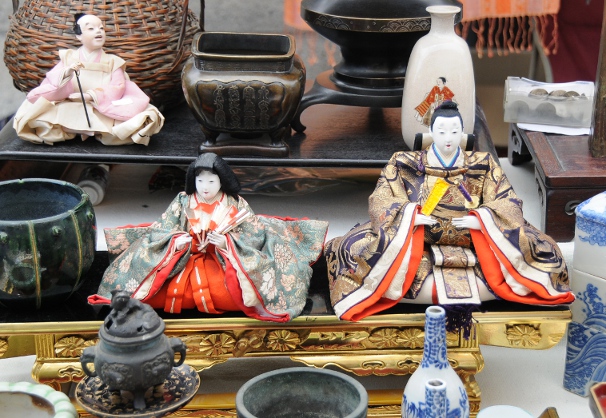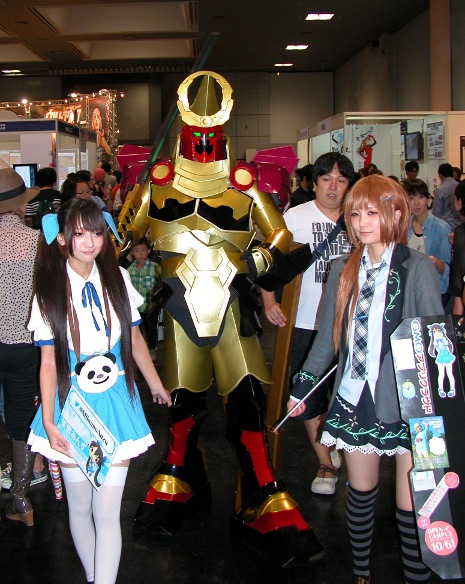As I have encountered difficulties (to put it mildly) in finding a job in Japan without speaking the language perfectly, I thought of exploring other options. As a kind of continuation from my job at university, where you are essentially working for yourself and are fully responsible for the outcome, being self employed does sound like a good fit. Unfortunately, information on how to do this in Japan is not easily obtained (though JETRO is quite a good site), and what you do find is at best incomplete, at worst contradictory. So, I took the opportunity of the free legal counselling at the Kyoto International Community House, went to the lawyer there and prodded him for explanations.
So, if you want to be self employed in Japan, and you need a visa go to with it, then you’ll have to do the following:
- Find a Japanese business partner who sets up the business for/with you. If you don’t have a work or other visa that entitles you to do that yourself, he will have to all the work from doing all the paperwork (including research on how to set up a proper Japanese style business plan) to getting the right type of seals (no signatures in Japan), to opening a bank account and renting office space. Essentially he will have to deal with all sorts and levels of bureaucracy, which may take a while to begin with. Once the company is established, he will have to run the business – at least officially – and you must
- Wait until the business has made profit – provably sufficient profit that it. At some point in between you’ll have to
- Invest at least 5.000.000 YEN into the company (or employ at least two Japanese people full time). Again, you must prove that the money is yours – a transfer from a foreign account under your name is sufficient. Only with all that done, finished and proved with yet more paperwork – meaning it will take you at least a year after you’ve started – can you
- Apply for an investor/business manager visa, which, once granted, allows you to finally come and run your own Japanese company from Japan itself.
Easy, eh? Well… there are a few things that are still in the shade. First of all I could not find out how much profit is deemed sufficient. Nor is it clear how much you must earn as the manager of your own business once you can come, except that it has to be “more than a Japanese person would earn in the same position”. I assume that depends on the type of business you’d want to open. The bigger problem, however, – for me at least – is at the beginning already Let’s assume for a moment that I actually have all that cash (actually, it’s not even that much, in the US you’d need half a million US$), there is nobody in Japan whom I’d trust with that much, not without any guarantees. Paper doesn’t blush doesn’t come out of nowhere, and for many people, the temptation threshold lies far below that amount…
Had I been better prepared for the interview, I could have counted the number of times the lawyer used the word impossible…
So, once again, I find myself back at square one: I need a job.











